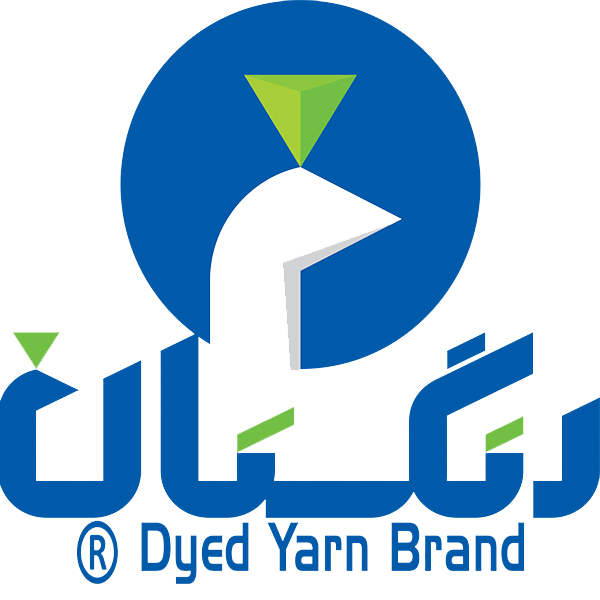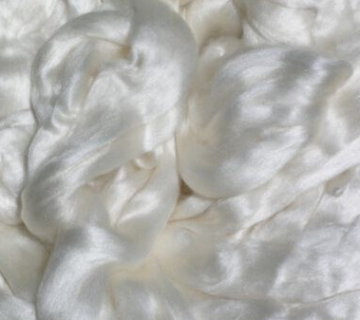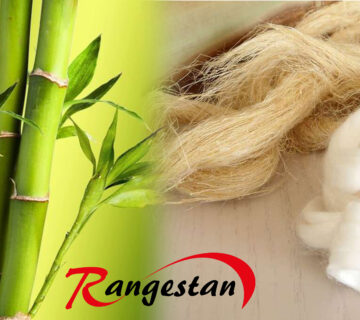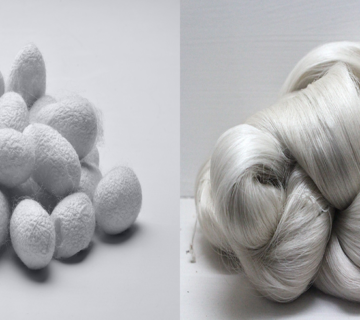The yarn dyeing process of wool yarn is similar to the dyeing of wool fibers and generally includes the following steps:
Preliminary preparation:Before dyeing, the wool must be prepared in a preliminary way to remove any pollution or other additional substances that may be present in the fibers. For this purpose, the wool is immersed in a solution of water and chemicals.
– Dyeing: After initial preparation, woolen yarns are softly wound on perforated cones, immersed in a dye solution, and held there for a specified period of time. In this step, like dyeing wool fibers, chemical dyes and natural dyes such as plant skins are used.
– Washing after dyeing: After dyeing, woolen yarns should be immersed in a washing solution to remove dyes and other additional substances remaining on the surface of the yarns.
– Drying: After washing, woolen yarns should be dried. For this purpose, methods such as hot air drying or the use of special dryers such as radio frequency dryers are used.
– Packaging: After drying, the wool yarns are packaged and ready to be used to produce fabrics and other products.
Chemical dyes and natural dyes are used in wool dyeing. Some of the most important dyes used in wool dyeing are:
Aniline: It is one of the most widely used chemical dyes in wool dyeing, which is used in many red, yellow and orange pigments.
Nitric acid: In wool dyeing, nitric acid is used as a strong dye resistant to light and washing.
Alizarin: It is a natural dye that is extracted from the alizarin plant. This dye is used in the production of red and pink pigments.
Cream color Cream color is used as one of the basic colors in wool dyeing. This color is prepared from titanium dioxide and zinc oxide.
Saffron: It is one of the natural dyes used in wool dyeing to produce yellow and orange pigments.
Oregano: It is a natural plant that is used to produce blue dye in wool dyeing
The use of different chemical and natural dyes helps to produce diverse and high quality colors in wool dyeing.





بدون دیدگاه